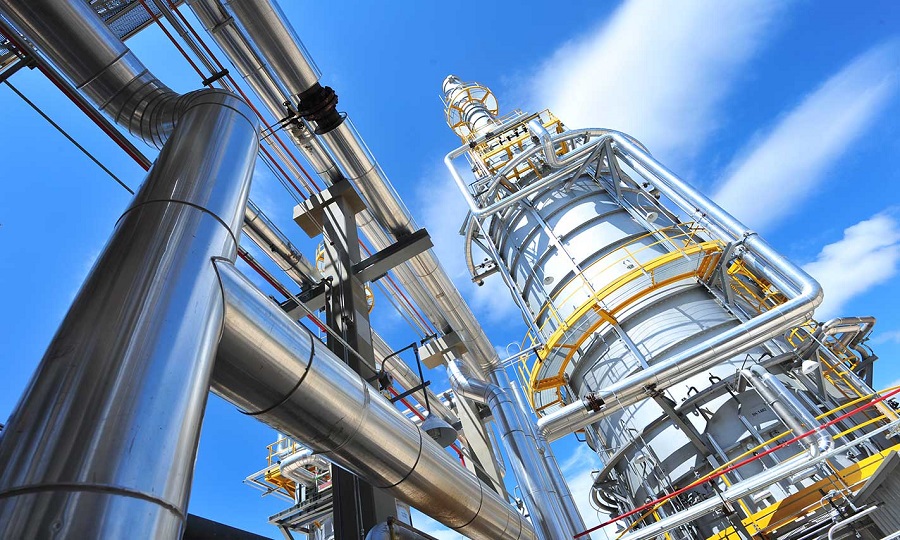RIO DE JANEIRO, BRAZIL – “Never in history had we imported this much diesel and gasoline,” said Bolivian Institute of Foreign Trade (IBCE) general manager Gary Rodriguez, regarding the US$2.120 billion the country spent last year on the purchase of the two fuels.
INE data processed by the IBCE show that in 2021 Bolivia imported US$1.5 billion in diesel (70.7%) and US$620 million in gasoline (29.2%), amounts representing 22.1% of total imports.

According to experts, the US$2.120 billion is a heavy blow to the national economy because it is nearly the same as the US$2.233 billion the country collected for the sale of gas in 2021.
This has an impact on indicators such as the Net International Reserves (NIR), the subsidy to fuel purchases and the exchange rate; and because they arise from the delicate situation of hydrocarbon exploration and production in the country.
Former Minister of Hydrocarbons Mauricio Medinaceli explained that the increase in the price of gasoline and diesel imports is related – in the short term – to a higher domestic fuel consumption and the increase in the international oil price, and – in the long term – to the choice of an economic administration model that prioritizes immediate spending over sustainability in the future.
“People choose a short-term extractive model, because when they cast their vote in national elections they support a political party that offers quick revenues from gas extraction, while neglecting the search for natural gas and oil,” he said.
A consequence of this situation is the “increased pressure” on the exchange rate, “because there are increasingly fewer dollars flowing in and more flowing out,” the analyst said.
The rising purchases of diesel and gasoline also put pressure on the dwindling Net International Reserves, which reached US$4.752 billion last December, a low level after having reached US$15.122 billion in 2014.
Another example of the impact of the commodity price fluctuation in Bolivia can be found in the 2022 General State Budget, which allocated US$3.040 billion to state-owned YPFB, of which 66.14% will be used for the purchase of fuels and 23.26% for exploration and development projects.
This is scheduled after the average WTI quotation, to which Bolivian export gas is indexed, reached US$67.9 in 2021, after standing at US$39.2 in 2020.
“The impact will always be the increase in the price of imported fuels, a higher expenditure by the State due to the subsidy and a small increase in gas exports due to decreasing export volumes,” said hydrocarbons expert Hugo del Granado.
In this context, the government authorized YPFB to import oil, which will allow the State to save some US$150 million this year.
SECTOR OUTLOOK
The INE data come at a time when YPFB is being challenged for potential non-compliance in the volumes committed to Argentina, 10 million m3/d in summer and 18 million m3/d in winter, and while it is negotiating with its neighboring country’s counterpart to sell less gas to the market.
Official sources told Argentine media that Integración Energética Argentina S.A. (IEASA) wants 14 million m3/d and the Bolivian state-owned oil company is offering to send up to 9 million m3/d in winter and 6 to 7 million m3/d during the summer months.
Given this context, “fuel imports tend to rise and exports tend to fall,” Medinaceli stressed.
Rodríguez suggested that this situation could be “a great opportunity for development,” should the country invest in biodiesel, while former Minister of Hydrocarbons Guillermo Torres considers that there will be an energy crisis in the coming years.

